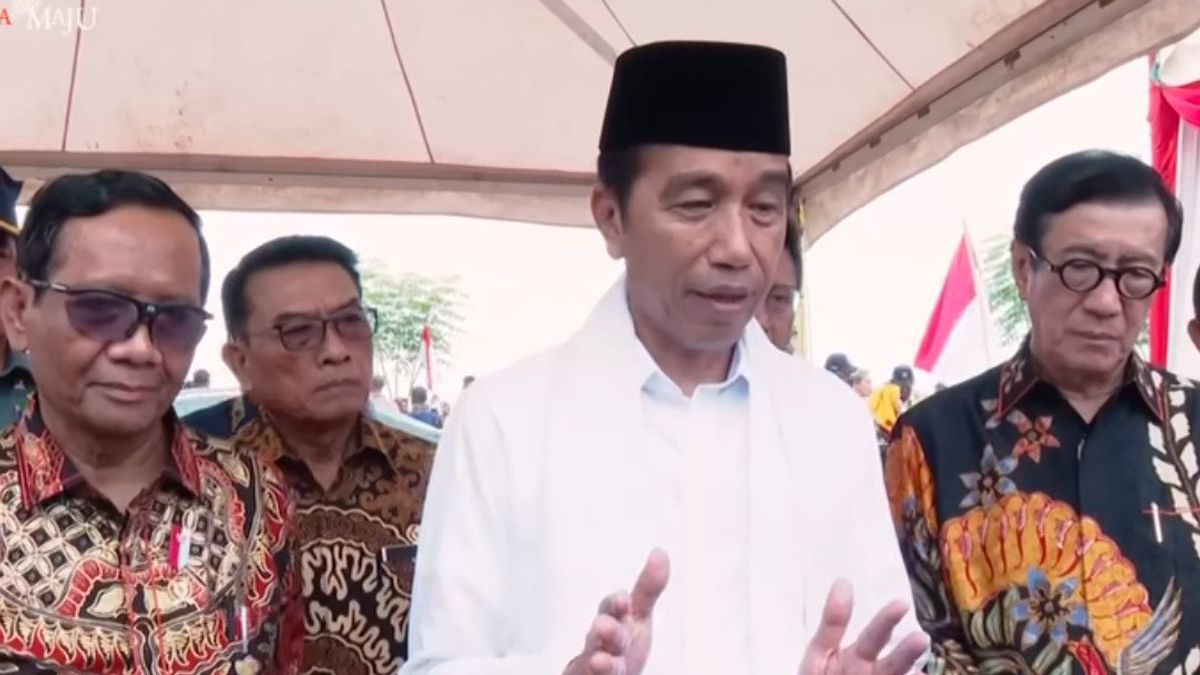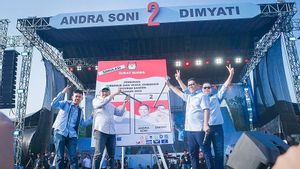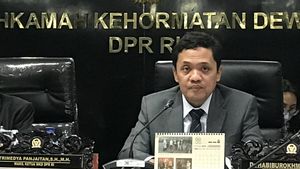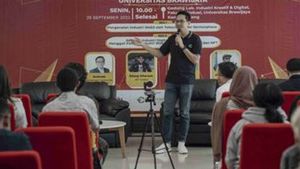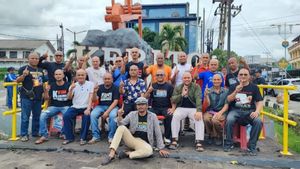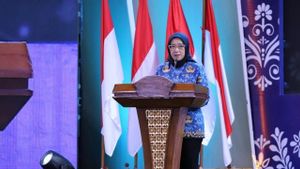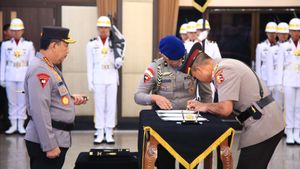JAKARTA The signing of a memorandum of understanding between the Indonesian Government and the Free Aceh Movement (GAM) on August 15, 2005 in Hensinki, Finland ended the three decades of civil war that had occurred in Aceh.
Even so, the trauma felt by civil society as a result of the war remains attached. A number of people who were victims of torture still clearly remember what happened to them.
Irritating the pain of torture, Saifuddin had experienced severe trauma. Often woke up suddenly in the middle of the night shouting for help until he was afraid to hear Rumoh Geudong's words.
When he was five years old, he admitted that he was arrested and tortured by being electrocuted in the Geudong Rumoh. This was done so that the father suspected of being part of GAM provided information about the chain of arms supply that GAM had just distributed to the Pidie Regency area.
Currently, in fact, there is still hatred for all things related to the Indonesian army.
"Looking at the army, I feel like I want to reply even now, right, they are aware, they are only the duty of the state. Do it because of orders," said Saifuddin as quoted by BBC.
Komnas HAM in 2018 briefly explained the results of its investigation that crimes against humanity had occurred in the Geudong Rumoh incident and other Sattis Posts in Aceh carried out by Indonesian soldiers during the implementation of the status of the Military Operations Area in 1989-1998.
In order to crush GAM, the government at that time carried out Red Net Operations (Jamer) by opening satisfactory posts in several areas of Aceh, Rumoh Geudong, located in Glumpang Tiga, Pidie Regency, was used as a military concentration camp as well as a place to monitor GAM movements.
Instead of being on target, these satisfactory posts are also places of interrogation and torture of civil society.
Komnas HAM suspects that there has been an arbitrary rape or other forms of sexual violence that are equivalent to torture, murder, deprivation of freedom or arbitrary confiscation of other physical freedom that violates the basic provisions of international law and the forced elimination of people.
"The five crimes that were committed were an act that was carried out as part of the attack that was directed directly at civilians as an implementation of the policy of the rulers of the period which was carried out systematically and widely," said Choirul Anam as the head of the investigation team as quoted from the official website of Komnas HAM.
Komnas HAM has submitted the investigation file of the Geudong Rumoh case to the Attorney General as part of the process of upholding justice through a judicial mechanism in 2018. It is not known for sure how many victims, it is possible that tens to hundreds of people will be tortured there.
Not only the Geudong Rumoh incident, Komnas HAM has also submitted two other files of gross human rights violations that occurred in Aceh, namely the Aceh Kraft Paper Intersection (KKA) in North Aceh in 1999 and the Jambo Keupok incident in South Aceh in 2003.
The government has also acknowledged that the three incidents that occurred in Aceh were serious violations. However, to solve it legally is certainly difficult.
Because, said Human Rights Activist Ester Indahyani Jusuf, always clashes with the political process. In accordance with the Law on Human Rights Courts, the judicial process must go through the Adhoc Human Rights Court which was formed based on the proposal of the DPR RI and the Presidential Decree.
This political process is the bastion of hindering the juridical process to investigate, investigate, prosecute, and try.
Thus, it is very appropriate for the government to overcome it through non-juridic efforts by trying to restore the rights of victims fairly and wisely.
"The existence of Presidential Decree No. 17 of 2022 concerning the establishment of a Non-Judicial Completion Team for Violations of Past Heavy Human Rights or called the PPHAM Team must be interpreted as progress and creative effort in terms of handling victims," Ester told VOI last January.
The program for implementing non-judicial settlement recommendations for 12 cases of past gross human rights violations has now started from Aceh. Ester suggested that the mechanism for restoring victims' rights was clearly designed so that there would be no conflict.
"There must be a parameter first so that there are no mistakes. Who are the victims and who are the heirs. Don't let anyone claim to be victims. Then, determine compensation. Is it equalized to insurance standards or what, and so on," said Ester.
Of course restoring trauma is not an easy job. It's not like providing social assistance, providing skills, or providing scholarships for the victims.
"Hopefully this effort will be a significant step for the recovery of the wounds of fellow nation's children in order to strengthen our national harmony in the unitary state of the Republic of Indonesia," added President Jokowi.
The English, Chinese, Japanese, Arabic, and French versions are automatically generated by the AI. So there may still be inaccuracies in translating, please always see Indonesian as our main language. (system supported by DigitalSiber.id)
